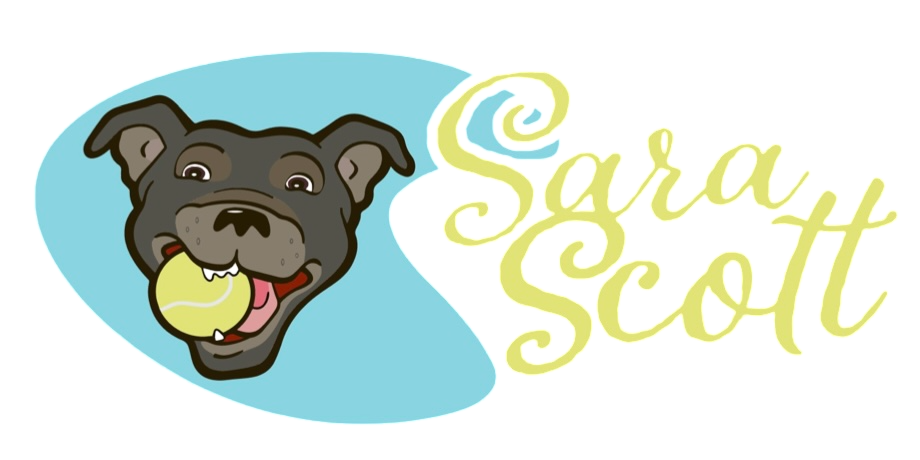Understanding Resource Guarding: Why Your Dog Might Growl or Snap
- Sara Scott

- Aug 18
- 2 min read
Updated: Sep 8
Does your dog growl when someone approaches you on the couch? Does he snap when a friend tries to hug you? While it might look like jealousy or dominance, the reality is quite different. It's more manageable than you might think.
In my latest article for Bay Woof, I dive deep into the world of resource guarding when dogs guard their favorite people. This behavior isn't about your dog trying to be "alpha" or acting out of spite. Instead, it's typically rooted in insecurity and fear. Your dog is worried about losing access to something (or someone) they value deeply.
Key Takeaways on Resource Guarding
It's Not Dominance, It's Insecurity
Dogs who guard their people usually act out of fear. They desire control, not confidence or defiance. Understanding this can change how you respond to your dog's behavior.
Management Comes First
The more your dog practices guarding behavior, the stronger it becomes. Simple changes can make a big difference. For example, having family members move together rather than separately can prevent many guarding situations.
Training Helps, But It Takes Time
Teaching cues like "off," "back up," or "go to bed" gives you non-confrontational ways to redirect your dog when tension builds. Consistency is key in training.
Professional Help Matters
If your dog has made contact with teeth or the behavior is escalating, it's time to call in a qualified trainer or behavior consultant. They can provide tailored strategies to address your dog's specific needs.
Understanding the Root Causes
Insecurity and Fear
Resource guarding often stems from insecurity. Dogs may feel threatened by the presence of others around their favorite person. This fear can lead to aggressive behaviors as they try to protect what they value.
The Importance of Socialization
Proper socialization can help reduce resource guarding behaviors. Exposing your dog to various people and situations can build their confidence. This exposure can help them feel more secure and less likely to guard.
Strategies for Managing Resource Guarding
Create a Safe Space
Ensure your dog has a designated safe space where they can retreat when feeling anxious. This space should be free from disturbances and allow them to relax.
Gradual Desensitization
Introduce your dog to situations that trigger their guarding behavior gradually. Start at a distance and slowly decrease the space as your dog becomes more comfortable.
Positive Reinforcement
Use treats and praise to reward your dog for calm behavior around others. This positive reinforcement can help them associate the presence of others with good experiences.
The Good News
Resource guarding can improve significantly with the right approach. By combining smart management, helpful training, and carefully structured counterconditioning, many dogs learn to feel safer and less defensive around their favorite people.
Additional Resources
For more insights on dog behavior and training, check out my other blog posts on Understanding Counterconditioning, Understanding Resource Guarding, and Confronting Aggression.
Have questions about your dog's guarding behavior? *Feel free to reach out—every situation is unique, and sometimes a quick chat can help point you in the right direction




Comments